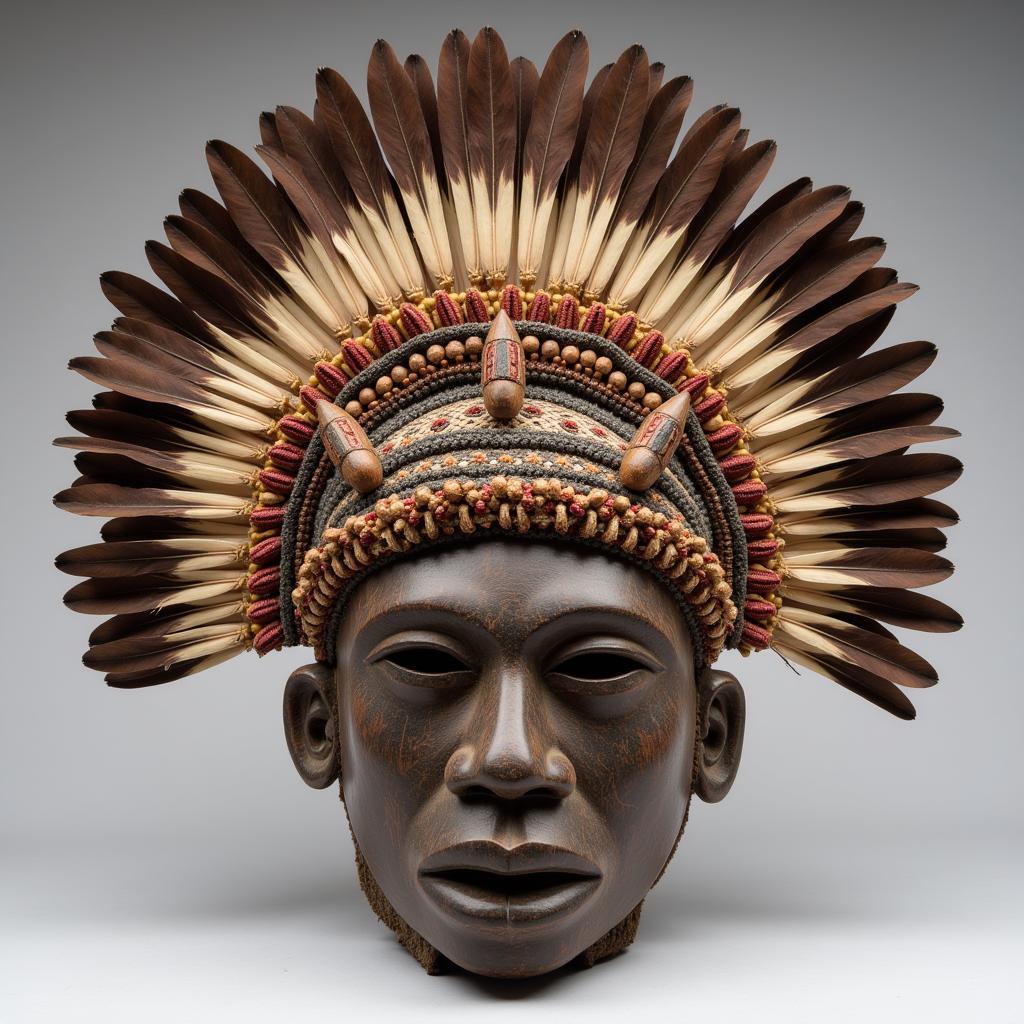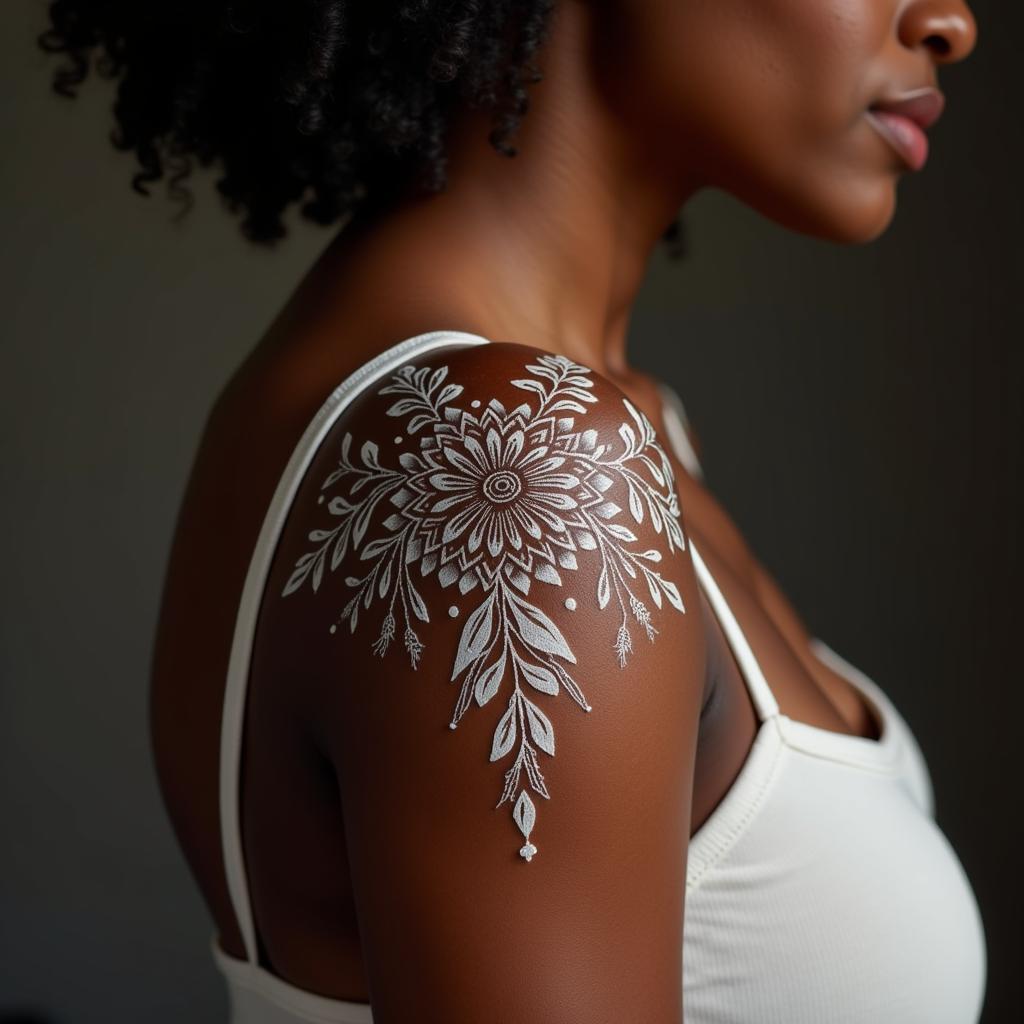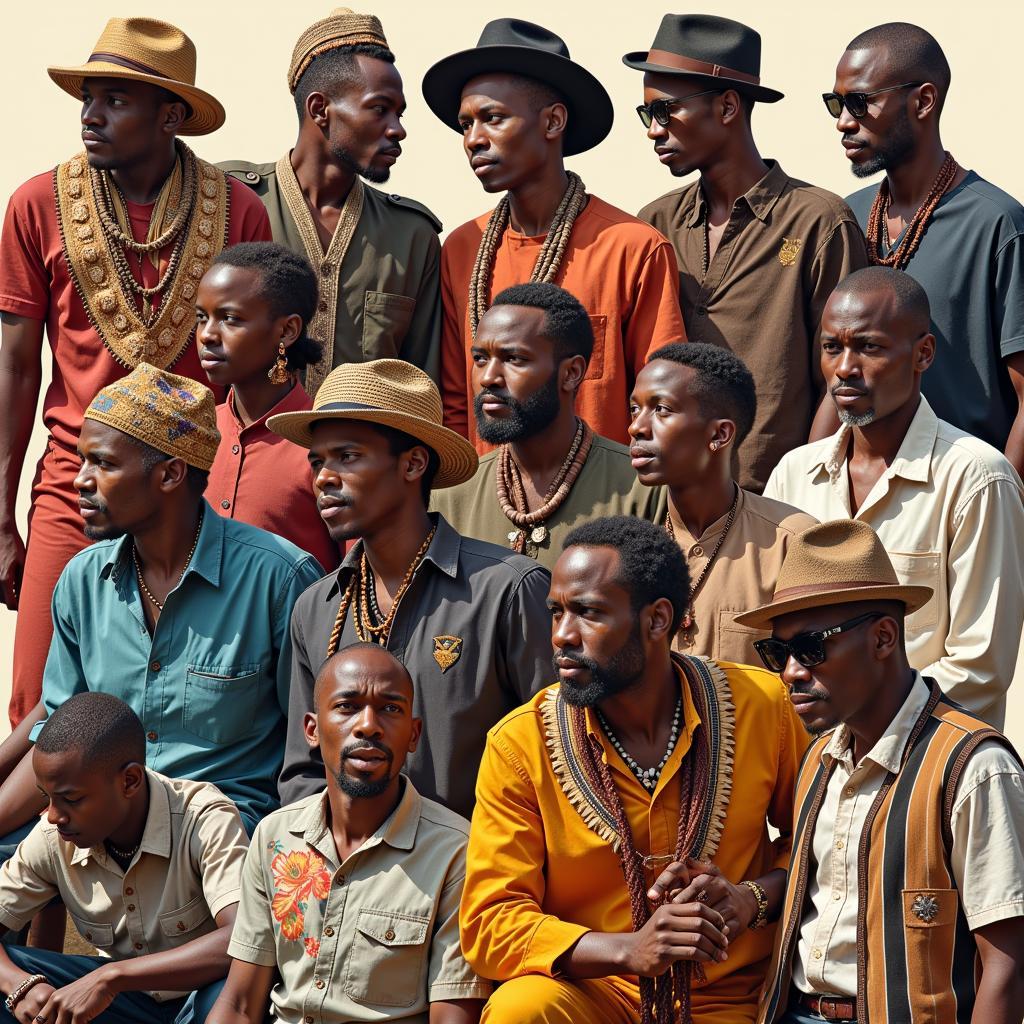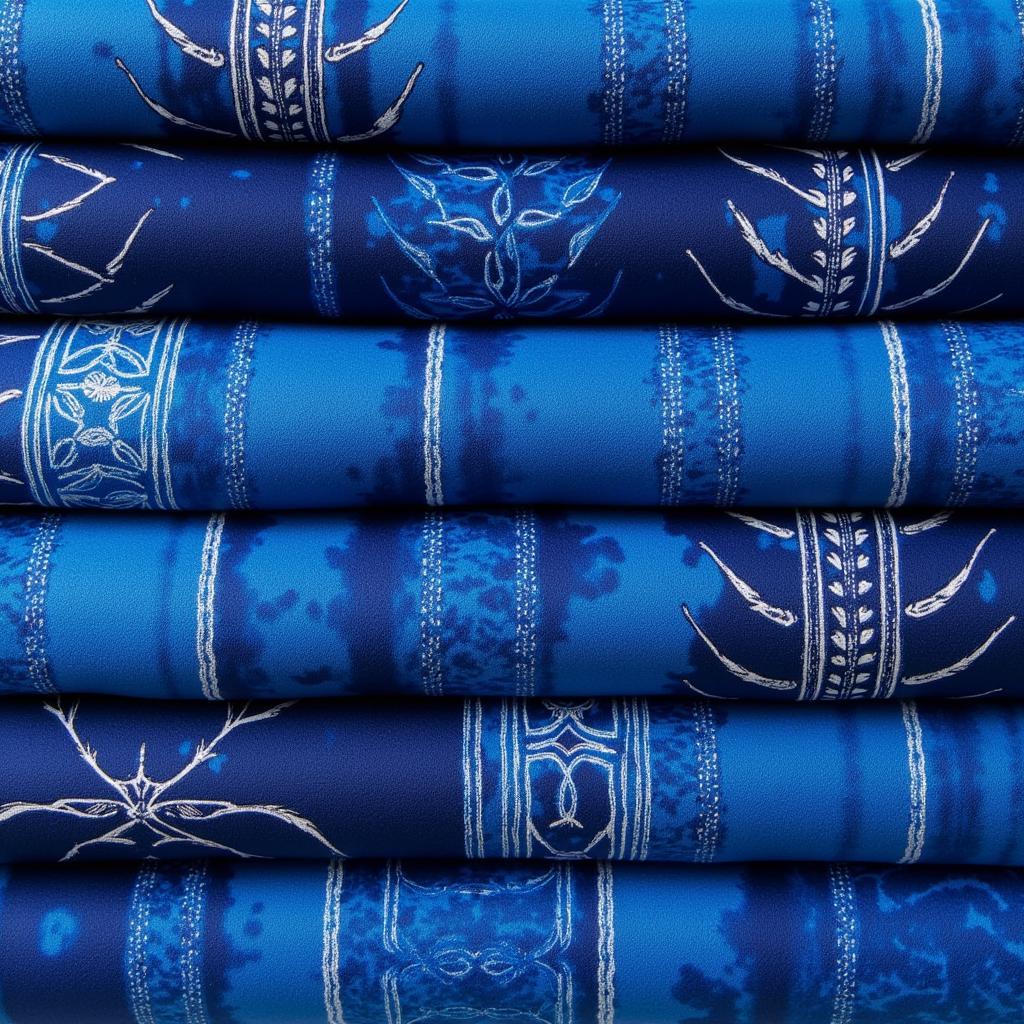Exploring the Intricacies of African Mask Designs
African Mask Designs are far more than mere decorative objects; they are powerful symbols of cultural heritage, spirituality, and artistic expression. These intricate creations, crafted from wood, metal, fabric, and other materials, play vital roles in ceremonies, rituals, and performances across the diverse cultures of the African continent. Let’s delve into the fascinating world of African masks and uncover the stories they tell. After reading about African Animal Art KS1, you will appreciate how animals are represented in African art.
Unmasking the Symbolism: What Do African Masks Represent?
African masks are imbued with deep symbolic meaning, often representing spirits, ancestors, deities, or even abstract concepts like beauty, power, or justice. Each design element, from the shape and color to the specific features and adornments, contributes to the mask’s overall meaning. For example, a mask with large eyes might symbolize vigilance, while one with a prominent mouth could represent communication or storytelling. You will find the old South African flag has some intriguing symbolism as well.
The materials used in creating African masks also hold symbolic significance. Wood, the most common material, is often associated with life and growth. Metal, on the other hand, can represent strength and permanence. The colors used in the masks are equally important, with each hue carrying its own cultural connotations.
A Diverse Tapestry: Regional Variations in African Mask Designs
The vastness of the African continent is reflected in the incredible diversity of its mask designs. Each region and ethnic group has developed its own unique style, reflecting their specific beliefs, traditions, and artistic sensibilities.
- West Africa: Known for their bold, geometric designs and vibrant colors. Masks from this region often feature stylized human or animal forms, and are frequently used in masquerades and performances.
- Central Africa: Masks from this region often emphasize elaborate headdresses and intricate details. They are frequently used in initiation ceremonies and rituals related to ancestor worship.
- East Africa: Masks from this region are often characterized by their elongated shapes and expressive features. They are commonly used in dance performances and social gatherings.
- Southern Africa: Known for their more naturalistic representations of human faces. Masks from this region are often used in healing ceremonies and rituals related to fertility and agriculture.
Understanding these regional variations is crucial to appreciating the full spectrum of African mask artistry. Each design reflects a unique cultural narrative, offering a glimpse into the rich tapestry of African traditions.
From Ritual to Art: The Evolution of African Mask Designs
Initially, African masks served primarily ritualistic purposes. They were worn by dancers, priests, or other members of the community during ceremonies and rituals, acting as conduits to the spiritual world. Over time, however, the appreciation for their artistic value has grown, leading to their collection and display in museums and galleries worldwide. It’s interesting to see how African art has evolved and influenced the art world, including those in the UK, showcasing the diverse talent of African art people.
This transition has led to some debate about the ethical implications of removing masks from their original cultural context. While museums play a vital role in preserving and showcasing these artifacts, it is essential to acknowledge and respect their original significance and purpose. Learn more about African Art UK.
 Central African Mask with Elaborate Headdress
Central African Mask with Elaborate Headdress
Crafting Masterpieces: The Techniques Behind African Mask Designs
Creating an African mask is a complex and time-consuming process, requiring skill, patience, and a deep understanding of traditional techniques. The specific techniques employed vary depending on the region and the materials being used.
- Wood Carving: The most common technique, involving the meticulous carving of wood using various tools.
- Metalworking: Used to create masks from bronze, copper, or other metals, often involving casting or hammering techniques.
- Textile Arts: Involve the use of fabrics, fibers, and other materials to create masks, often incorporating intricate embroidery or beadwork.
FAQs about African Mask Designs
What are African masks made of? African masks are typically made from wood, but can also be crafted from materials like metal, fabric, feathers, and beads.
How are African masks used? They are used in various ceremonies, rituals, performances, and social gatherings, often representing spirits, ancestors, or deities.
Why are African masks important? They are significant cultural artifacts that reflect the beliefs, traditions, and artistic expressions of diverse African communities.
Where can I see African masks? You can find African masks in museums, galleries, and private collections around the world.
Can I buy an African mask? Yes, you can purchase African masks from reputable dealers and galleries, but be mindful of ethical considerations and ensure the mask is not a stolen artifact.
Conclusion
African mask designs offer a captivating glimpse into the rich cultural heritage of the African continent. From their intricate symbolism to their diverse regional variations, these powerful artistic creations continue to fascinate and inspire. By understanding the stories behind these masks, we can gain a deeper appreciation for the profound artistic and spiritual traditions they represent. You can further your knowledge about African mask drawing for a deeper understanding.
Need assistance with African Art? Contact us at +255768904061, email [email protected], or visit us in Mbarali DC Mawindi, Kangaga, Tanzania. Our customer service team is available 24/7.



